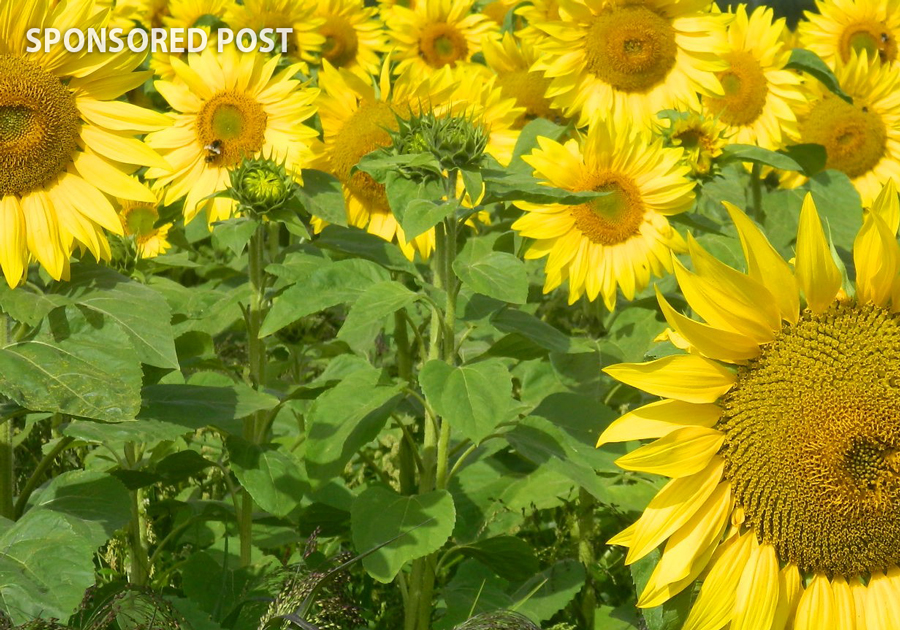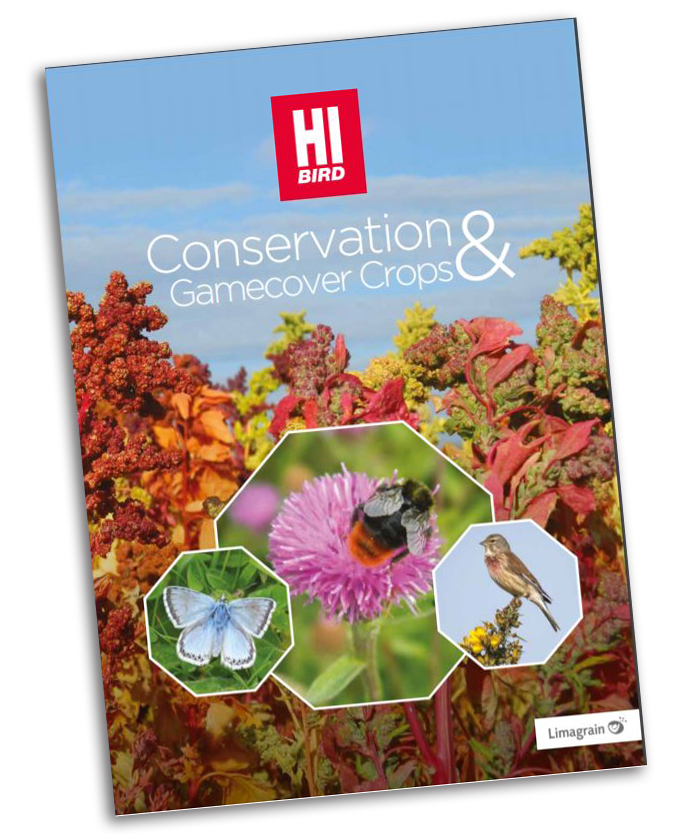Conservation Areas – Helping our Farmland Wildlife
6th April 2020
Conservation and Environmental cropping schemes are likely to play a larger part in our future land management and with a new scheme on the horizon (NELMS), there has never been a better time to evaluate the farms environmental potential.
Conservation and Environmental cropping schemes are likely to play a larger part in our future land management and with a new scheme on the horizon (NELMS), there has never been a better time to evaluate the farms environmental potential.
The current Countryside Stewardship Scheme (CSS) still has some fantastic options that will benefit wildlife, and with more fallow land available due to the wet autumn and winter, choosing one or two of the key CSS options available could help boost food sources for both farmland birds and pollinators.
One of our most popular wild bird mixtures that is suitable for option AB9, is the Jack Russell seeds mixture, which is herbicide-tolerant and contains spring triticale, millets, oilseed radish, grain sorghum and sunflowers. This mixture produces fantastic colour and feed for a year and is typically sown in May or June. It will shed seed from early autumn, with the grain sorghum giving habitat structure and winter hardiness.
If you are interested in attracting bees and butterflies, as well as other pollinators, then the option AB1 will allow for a crop to be established that contains plants species that will produce pollen and nectar, our Bee seeds mixture contains Phacelia, a plant loved by foraging bees, sainfoin, birdsfoot trefoil red and alsike clovers. Sown in the spring the mixture will produce a cover of purple flowers, and the mixture is designed to last for 3-5 years.
Many farms have already established a Multispecies Ley mixture, which is a combination of grasses, legumes and wildflower species and meets the Countryside Stewardship options OP4 and GS4, to create a legume and herb-rich sward. This can also be productive for sheep and cattle and will help improve soil structure.
Grass buffer strips help produce some new wildlife habitats and if established near watercourses will help prevent pollutants caused by surface run-off. The CFE Field Margin seeds mixture is ideal and includes low growing grasses, legumes and wildflowers, this is a lot better than just a grass-based mixture, as the more species – the better the environmental benefits.
We encourage growers to be discerning with their choices and select those seeds mixtures that best suits their own situation, so you can maximise the benefits.
The table below, shows some of the CSS Options, the best seed product for that option and the environmental benefits it will provide:
| CSS Option | Best Mixture & Sowing Date | Environmental Benefit |
| AB1 Nectar flower mix | Bee mixture
Sow April/May |
Boost food sources for pollinators |
| AB9 Winter bird food | Jack Russell
Sow May |
Food for Farmland birds |
| AB8 Flower rich margins | CFE Field Margin
Sow Spring or Autumn |
New habitats and foraging areas |
| AB16 Autumn sown Bumblebird | Bumblebird seeds mixture
July onwards |
Food source for Birds and pollinators |
If you are leaving an existing ELS or HLS scheme, the best way forward is to apply to join the new Countryside Stewardship Scheme. Alternatively, if you decide not to, there are still plenty of ways that you can contribute.
The secret is to keep it simple and choose environmental options and areas of land that work for you.
Limagrain’s HiBird Conservation Crops brochure 2020 is available on 01472 370151, email enquiries@limagrain.co.uk or can be downloaded HERE.


